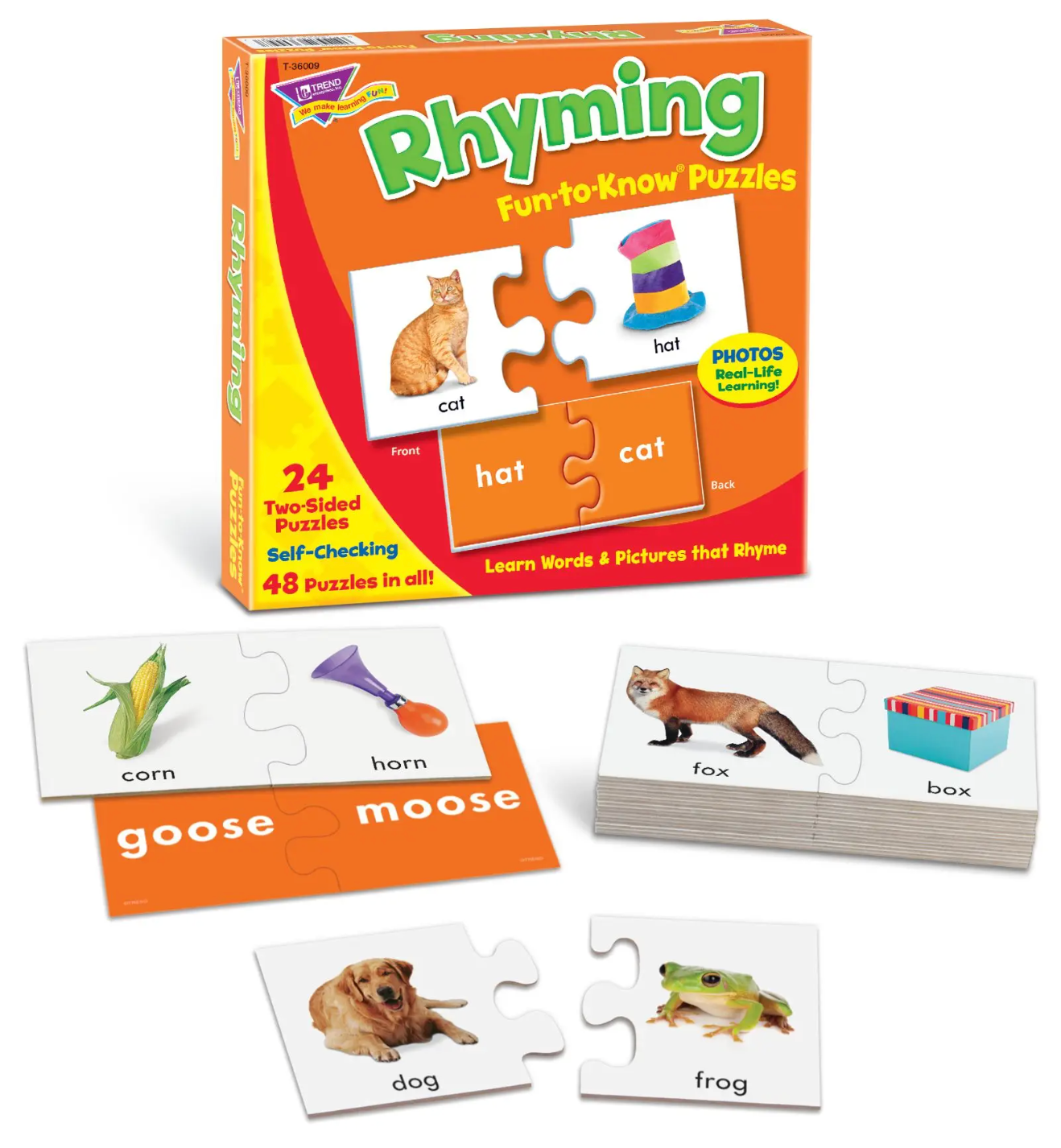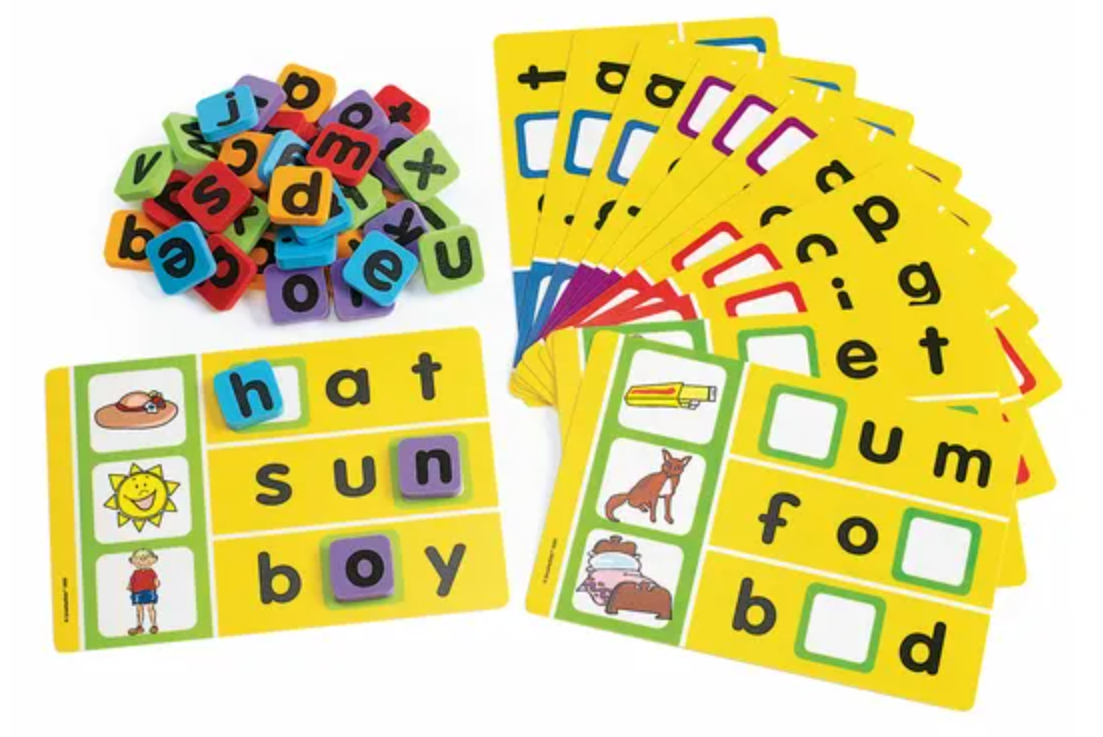Scholar's Choice


Phonological awareness refers to the ability to identify and manipulate the sounds of language, such as recognizing individual sounds (phonemes), rhyming, blending, segmenting, and manipulating sounds in words. It is a crucial skill for early reading development.
In early years reading programs, phonological awareness can be effectively used in several ways:
1) Phonemic Awareness Activities
Engaging children in activities that focus on recognizing and manipulating individual sounds in words helps develop their phonemic awareness. This can include activities like identifying initial sounds, blending sounds to form words, or segmenting words into sounds.
2) Rhyming and Alliteration
Encouraging children to recognize and generate rhymes or identify words with the same initial sound (alliteration) helps develop phonological awareness. Nursery rhymes and wordplay activities can be used to reinforce these skills.




3) Phonics Instruction
Phonological awareness provides a foundation for phonics instruction, which teaches the relationship between sounds and letters. By first developing an understanding of sounds, children can better grasp the connections between letters and their corresponding sounds.
4) Vocabulary and Word Building
By emphasizing the sounds within words, phonological awareness helps children expand their vocabulary and build new words. They learn to break words down into smaller units (syllables, onset-rime) and manipulate those units to form new words.
5) Reading Readiness
Developing phonological awareness before formal reading instruction helps children approach reading with a strong foundation. It improves their ability to decode words, identify patterns, and understand the structure of language.


By incorporating phonological awareness activities into early years reading programs, educators can promote crucial skills necessary for reading and language development. It helps children become more proficient readers by enhancing their ability to analyze and manipulate the sounds of spoken language.

